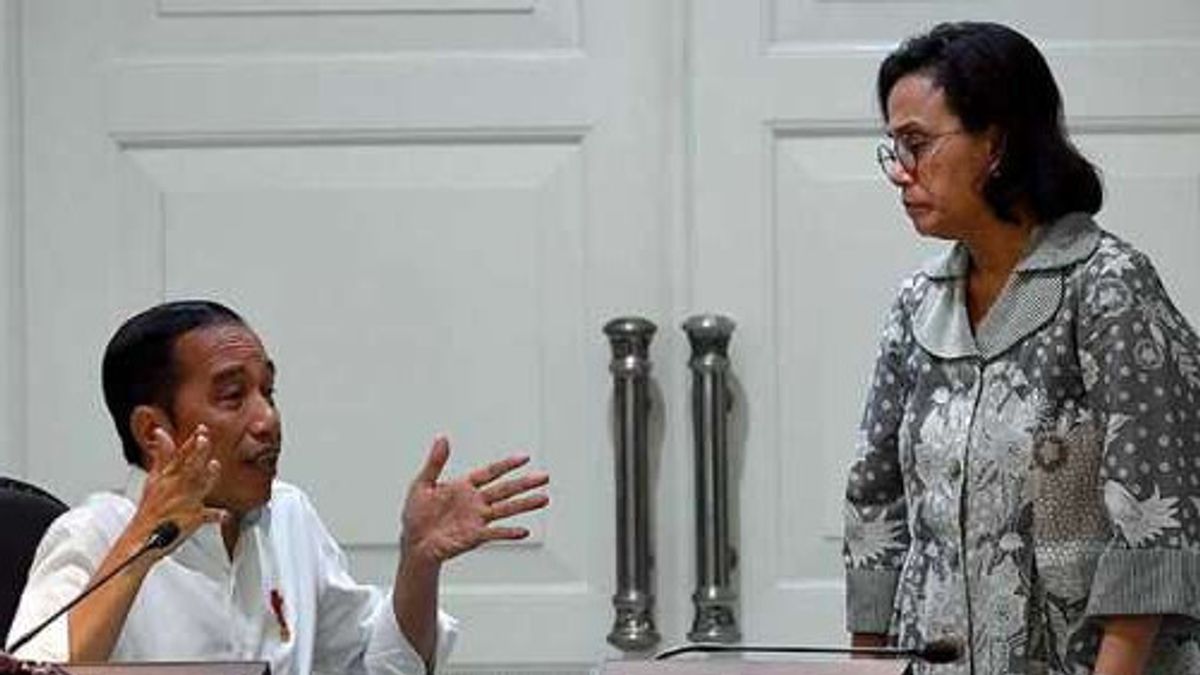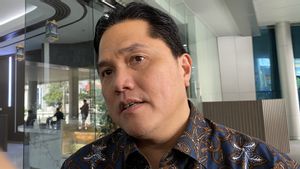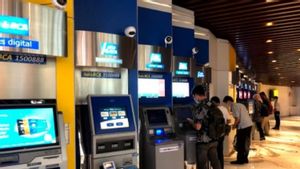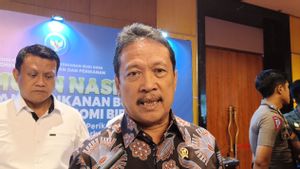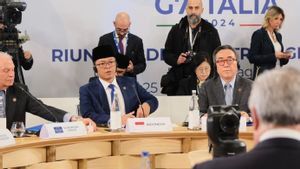JAKARTA - After attending the DPR RI Plenary Meeting to make a decision on the Draft Law on Financial Relations between the Central Government and Regional Government (RUU HKPD), the Minister of Finance (Menkeu) then held a press conference in the courtyard of the Parliament Complex.
In his statement, the Minister of Finance said that the government and the DPR agreed to strengthen the state's financial performance through evaluating the relationship between the center and the regions to be more in tune. The reason is that the fiscal decentralization that has been rolling so far is considered less effective due to regional spending that tends to be sluggish.
In fact, in the current pandemic conditions, fiscal instruments, both at the center and in the regions, are the spearhead in encouraging the economy.
The Minister of Finance explained that the amount of Transfers to Regions and Village Funds (TKDD) continues to soar from year to year. It was recorded that in 2013 the allocation of TKDD was IDR 528 trillion. This value then shot up to IDR 795 trillion in 2021.
The general allocation fund (DAU), which is part of the transfer to the regions, is instead used by the regional government as the main pocket for personnel expenditure with a percentage of 64.8 percent.
Meanwhile, the capital expenditure budget, which should dominate the DAU, is instead taken from the special allocation fund (DAK), which was originally only to support capital expenditure.
The government then made a policy through the HKPD Law by stipulating a maximum of 30 percent of personnel spending and 40 percent of infrastructure (capital) spending.
"Regional spending has not been focused and is not efficient," said the Minister of Finance, Tuesday, December 7.
It does not stop there, the ineffectiveness of local government spending can also be seen from the many activities that reach hundreds of thousands of agendas but do not have a significant economic impact.
"We see that currently in the regions there are 29,623 types of programs and 263,135 types of activities funded by the APBD," he said.
In fact, the state treasurer revealed that this was a special concern for President Joko Widodo (Jokowi) to immediately make improvements.
“Therefore, this activity is very small and the impact is also very minimal or even not felt. According to the term Mr. President, the money is retailed," he said.
In the previous VOI report, Minister of Finance Sri Mulyani said that the regional government's inaggression was reflected in the value of accumulated expenditures that had not yet been implemented (surplus) of Rp. 111.5 trillion as of October 31, 2021.
In fact, the state financial condition (APBN) in the same period is known to have a deficit of IDR 548.9 trillion. This means that the surplus received by the regions is the work of the center which is fulfilled through financing (debt).
Another fact that was revealed is that the time limit for regional spending for this year is only until December 24, 2021. That means, the regional government must immediately execute the trillions of rupiah budget in about two weeks from now.
Meanwhile, the highest absorption of regional budgets is in the Provinces of Central Java and the Special Region of Yogyakarta with a percentage of 66 percent each. Meanwhile, the region with the lowest realization of APBD expenditure occurred in Maluku with a level of 39 percent.
The English, Chinese, Japanese, Arabic, and French versions are automatically generated by the AI. So there may still be inaccuracies in translating, please always see Indonesian as our main language. (system supported by DigitalSiber.id)
